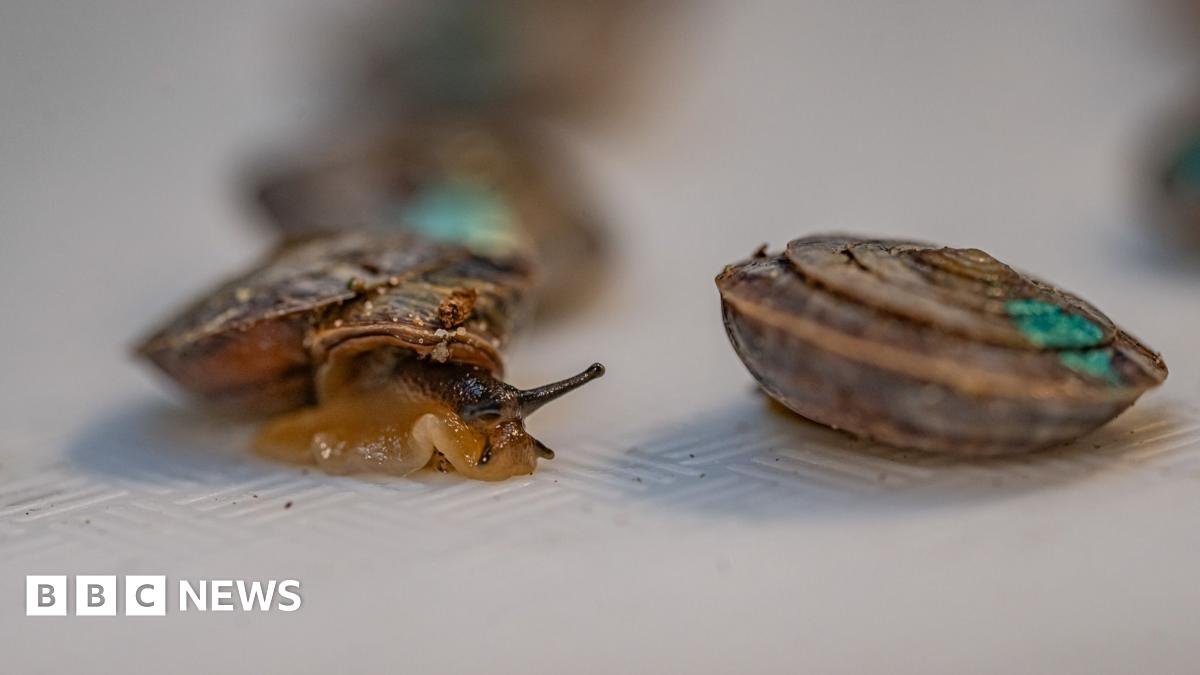Those snails were believed to be the last of their kind, so they were collected and brought into captivity.
At Chester Zoo, the conservation science team made a new home for 60 of the precious snails. The right food, vegetation and conditions were recreated in miniature habitat tanks.
1,329 snail offspring, bred at the zoo, have now been marked with identification dots – using non-toxic pens and nail varnish – and transported back to the wild for release.
“[It’s a] colour code,” said Dinarte Teixeira, a conservation biologist at Madeira’s Institute for Nature Conservation and Forests. “This will allow us to spot them and track where they disperse to, how much they grow, how many survive and how well they adapt to their new environment.”
Source link
